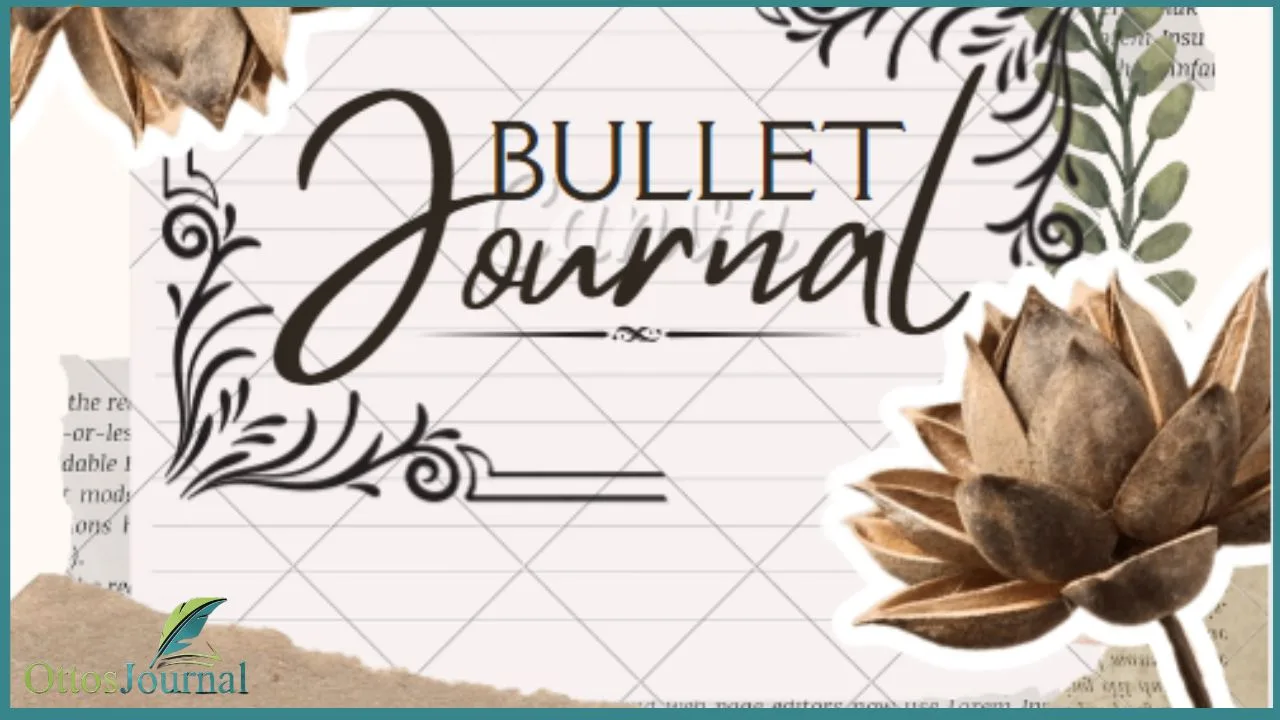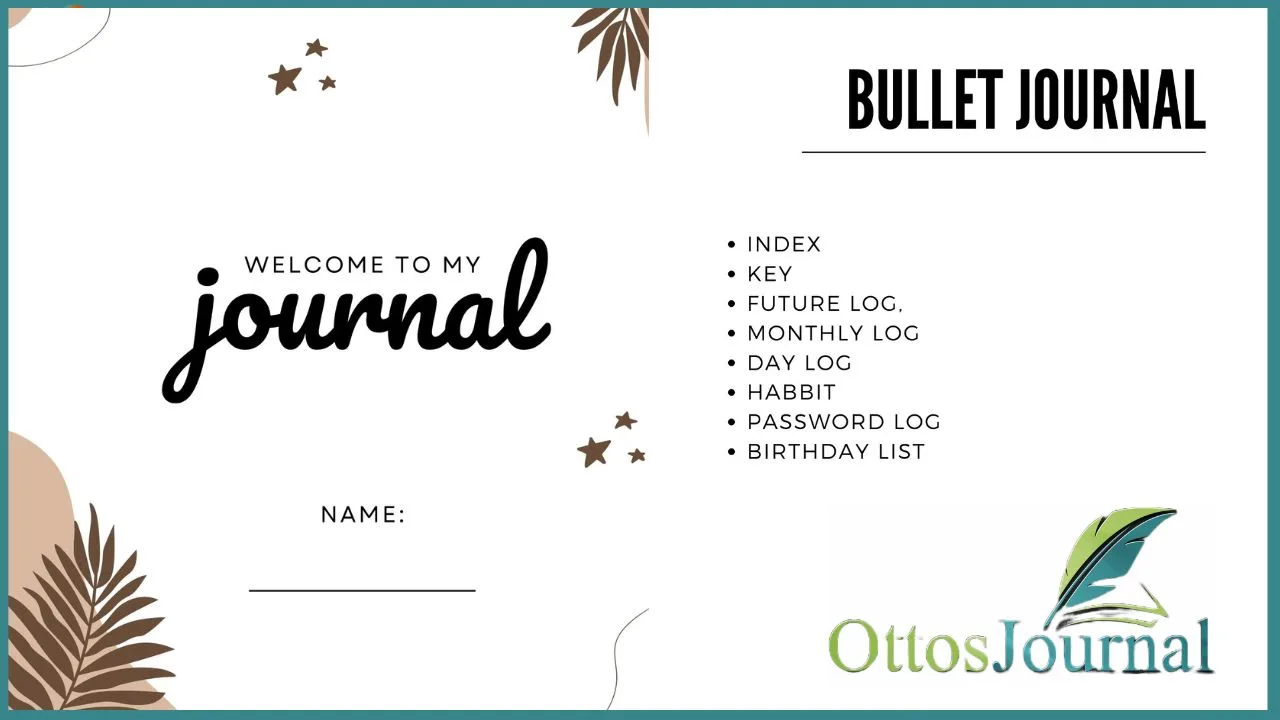Bullet journaling is a fantastic way to organize your life, set goals, and track your progress. In addition, for an avid reader, bullet journaling can be a fun and creative way to track your reading and books. By using bullet journal spreads ideas for reading and books, for example, you can keep track of the books you want to read, the books you have read, and even your thoughts on the books you have read. In this blog post, I will share 51 bullet journal ideas for reading and books to get you started.
What is a book and reading bullet journal?
A bullet journal is a diary, planner, and to-do list all rolled into one. It is a flexible system that enables you to manage projects, events, and notes in the way that suits you best.
Because it is adaptable and can be customized to your needs, bullet journaling is a fad growing in popularity.
Books and reading bullet journal ideas are collections of pages that allow you to track your reading progress, write down, set reading goals, and keep track of the books you have read.
Started by Ryder Carroll in 2013, the bullet journal system is a way to organize information quickly and effectively. Bullet journals were first conceived as a type of calendar-journal hybrid created to organize tasks, events, and notes.
They have since grown in popularity and have been adapted for many different purposes such as tracking reading and books.
How do you set up a reading journal?
Getting started with your bullet journal for books and reading is easy. Here are the steps;
- Choose a journal: select one that is the right size and has enough pages to track your reading activities.
- Set up the index page: start by numbering each page and creating an index so you can easily find your different lists and spreads.
- Create a key system: this will make it easier for you to quickly and easily refer to the different notations used in your journal.
- Choose spreads: You can choose a monthly spread, weekly spread, or daily spread. A great spread works with your reading style.
- Brainstorm ideas: think of what you want to track while reading, such as books you want to read, rating systems, or lists of favorite quotes.
- Keeping track: Use the spreads you have chosen to keep track of your reading. Track all the books you read using a read list, rate the books with a rating system, make reading goals, and record your favorite quotes.
51 Ideas for Bullet journal book and Reading
- Reading journals log: Keep a record of your books read, including the title, author, and date you finished reading the book.
- Reading journal challenge tracker: Keep track of your progress on a reading challenge, such as the Goodreads Reading Challenge.
- Bookshelf tracker: Create a visual representation of your bookshelf or book doodles and mark off the books you have read.
- Book wishlist: Create a list of books you want to read in the future in your bullet journal book spreads.
- Monthly reading tracker: Create a monthly tracker to keep track of the books you read that month in your dedicated reading journal.
- Book review page: Book reviews and your thoughts on the books you have read, including a summary, your rating, and any ideas you have.
- Book club tracker: Keep track of the books you read with your book club, including the date you discussed the book and any notes from the discussion.
- Favorite quotes page: Record your famous quotes from the books you love reading.
- Reading log bingo: Create a reading bingo card with different reading challenges, such as “read a book with a blue cover” or “read a memoir.”
- Reading log goals page: Set reading goals for yourself and track your progress.
- Reading trackers: Keep track of how much time you spent reading each day or read books each week.
- Book series tracker: Keep track of the books in a series you are reading, including the order and the date you finished each book.
- Book of the month: Choose a book to read each month and record your thoughts on the book.
- Reading habits mood tracker: Keep track of your mood while reading each book.
- Book recommendations page: Record book recommendations from friends, family, or online sources.
- Reading challenge ideas: Brainstorm different reading challenges you want to complete and track your progress.
- Reading statistics page: Create a page with statistics about the books you have read, such as the average rating or the number of pages read.
- Reading timeline: Create a timeline of the books you have read, including the date and any significant events that happened while reading the book.
- Book journal: Keep a journal with more detailed thoughts on the books you have read.
- Reading playlist: Create a playlist of songs that remind you of the books you have read.
- Bookstore wishlist: Create a list of books you want to buy from your local bookstore.
- Reading challenge calendar: Create a calendar with different reading challenges for each day or week.
- Reading tracker by genre: Keep track of the books you read by genre, including the number of books and the percentage of your reading.
- Book lovers club book selection: Keep track of the books your club has read in the past and the books you plan to read.
- Reading challenges by month: Create a list of different reading challenges for each month of the year.
- Book swap tracker: Keep track of the books you have swapped with friends or family.
- Reading journal prompts: Create a list of journal prompts for reflecting on the books you have read.
- Bookmarks page: Create a page with different bookmarks you have collected.
- Reading inspiration page: Collect quotes or images that inspire you to read.
- Book giveaway page: Keep track of the books you have or plan to give away.
- Reading rewards: Create a rewards system for yourself when you complete a reading challenge or reach a reading goal.
- Book fair wishlist: Create a list of books you want to buy from a book fair.
- Reading challenge tracker by author: Keep track of the authors you read and the number of books you have read by each author.
- Book club discussion questions: Create a list of discussion questions for your book club to use during meetings.
- Reading challenge scavenger hunt: Create a scavenger hunt with different reading challenges.
- Reading challenge by format: Keep track of the different forms of books you read, such as audiobooks or e-books.
- Book club member list: Keep track of all the book club members and their contact information.
- Reading challenge by length: Keep track of the size of the books you read, such as short stories or novellas.
- Book release tracker: Keep track of the release dates of upcoming books you want to read.
- Reading Challenge by country: Keep track of the countries in which the books you read are set.
- Book club meeting dates: Keep track of the dates of your book club meetings.
- Reading challenge by period: Keep track of the period the books you read are set in.
- Book club meeting notes: Record notes from your book club meetings.
- Reading challenges my point of view: Keep track of the point of view of the books you read, such as in the first person or third person.
- Book club book reviews and ratings: Keep track of your book club members’ ratings and reviews on the books you read.
- Reading challenge by cover color: Keep track of the color of the books you read.
- Book club book suggestions: Keep track of book club members’ book suggestions.
- Reading challenge by setting: Keep track of the settings of the books you read, such as a small town or a big city.
- Book lover club reading schedule: Create a reading schedule for your book club.
- Reading challenge by publication date: Keep track of the publication dates of the books you read.
- Reading challenge by author nationality: Keep track of the race of the authors of the books you read.
Why start bullet books and reading journals?
You should of course start a bullet journal book and reading for many reasons:
- It can help you keep track of the books you want to read. By creating a list of books you want to read, you can never forget a book you want to read.
- It can help you set reading goals. By tracking the number of books you read, you can set a goal to read a certain number of books in a year.
- It can help you remember the books you have read.
Tips for using bullet journaling ideas for reading and books
Start small:
Try to create only some pages at a time. Start with a few pages and add more as you go.
Be creative:
Use different colors, stickers, draw pictures, and drawings to make your bullet journal pages unique. Use symbols like a star or a heart to mark your favorite books or books you want to read again.
Be consistent:
Use the same characters, colors, and layouts on your pages to make your bullet journal easy to navigate.
Use a key:
Create a key at the beginning of your bullet journal to explain the symbols and colors you are using.
Set goals:
Use your bullet journal to set reading goals for yourself and track your progress.
Have fun:
Bullet journaling should be fun and creative. Play around with different layouts and ideas at will.
What should be in a reading bullet journal?
- A reading bullet journal should contain the following:
- A bookmark tracker: Keep track of all the books you are reading and have read.
- A review section: Write reviews for each book you have read to help yourself and others make better choices about which books to read.
- A wishlist section: Create a list of books that you want to read.
- A reading progress indicator: Keep track of your reading progress and the pages you have left to read in a book.
- A quote section: Write down any quotes that stand out from the books you’ve read.
- An “about the author” section: Read and write a few lines about the authors
What do you write in a journal after reading a book?
After reading a book, you may want to write down some of your thoughts and reflections in your journal. You can write about the characters, plot twists, or settings.
Additionally, you can record any quotes or passages that stand out to you as well as any insights or lessons that the book taught you.
Writing down these things will help to solidify your thoughts and keep a record of the books you have read.
You can also use this as a reference when you want to reread or recommend the book to someone else.
Finally, it can help track your reading progress and the books you have left to read.
Bottom line:
Books and reading bullet journal ideas are fantastic way to organize your reading life.
By using the ideas we have shared in this article, you can keep track of the books you want to read, the books you have read, and even post your thoughts on the books you have read.
Bullet journals are a great idea for tracking your reading goals and progress.
Remember to start small, be creative, and have fun with your bullet journal.




